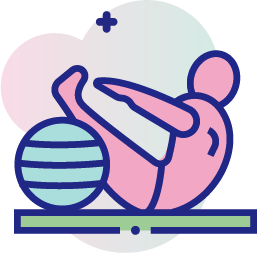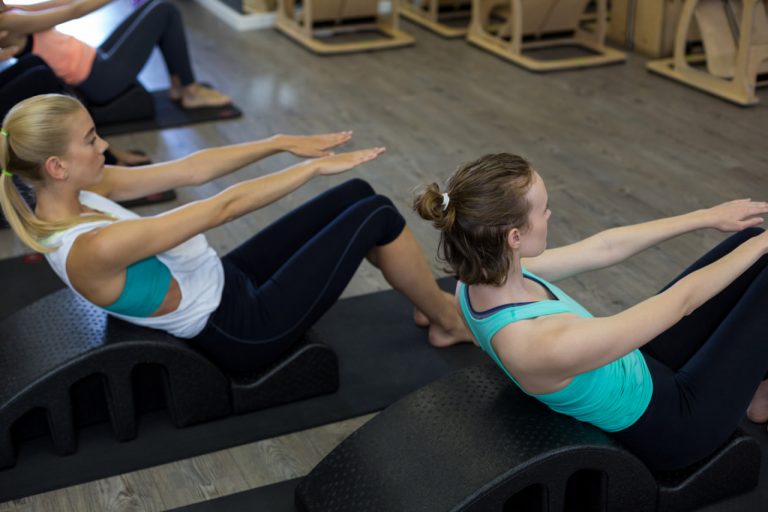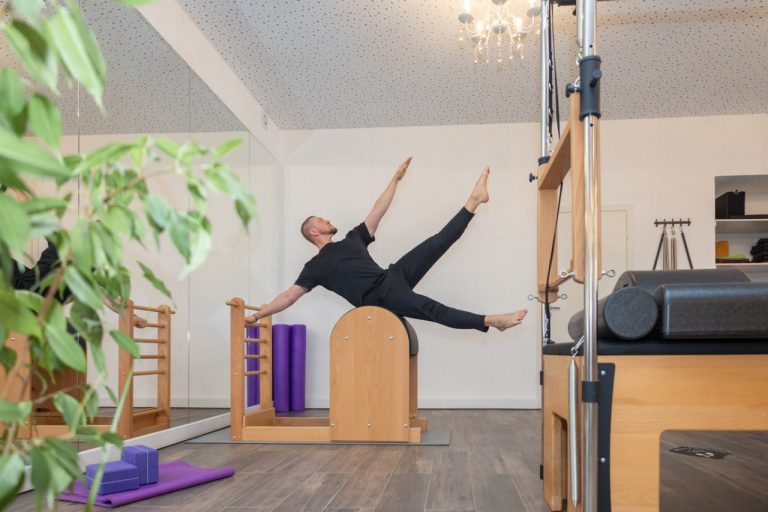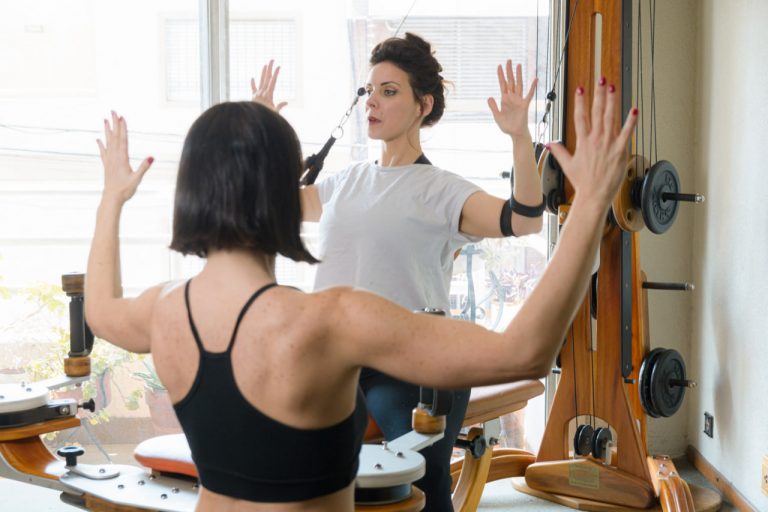The Mind-Body Connection in Pilates
Pilates is much more than just a physical workout. It is a holistic practice that nurtures the connection between the mind and body, encouraging awareness, control, and harmony throughout every movement. This deep mind-body connection is one of the reasons Pilates has gained popularity worldwide as a method not only to strengthen and tone the body but also to promote mental clarity and emotional well-being. In this article, we will explore how Pilates fosters this vital link and why it matters for your overall health.
What is the Mind-Body Connection?
The mind-body connection refers to the relationship between our thoughts, feelings, and physical sensations. It is the awareness of how the mind influences the body and vice versa. In Pilates, this connection is cultivated intentionally through controlled movements, focused breathing, and concentration. Rather than moving mechanically or rushing through exercises, Pilates encourages practitioners to be fully present in their bodies, noticing how each muscle engages and how breath supports every action.
This awareness helps develop better coordination, balance, and posture while also reducing stress and promoting relaxation. The practice teaches you to listen closely to your body’s signals, fostering a sense of respect and care for your physical and mental state.
How Pilates Enhances Mindfulness
Mindfulness is the practice of paying deliberate attention to the present moment without judgment. Pilates incorporates mindfulness by requiring focused attention on body alignment, muscle engagement, and breathing patterns. Unlike high-intensity workouts that often prioritize speed or endurance, Pilates slows down movement, making it easier to stay connected with your body.
During a Pilates session, you are guided to notice subtle sensations, such as the contraction of your core muscles or the stretch of your spine. This heightened awareness reduces distractions and quiets mental chatter. Over time, Pilates helps train the mind to stay grounded and calm, which can carry over into everyday life, helping manage anxiety and improve concentration.
The Role of Breath in Connecting Mind and Body
Breath is central to Pilates and serves as a powerful tool to link mind and body. Pilates uses a specific breathing technique called lateral or ribcage breathing, which involves expanding the sides of the ribs while keeping the belly engaged. This breathing method increases oxygen intake, energizes muscles, and stabilizes the core.
Conscious breathing during Pilates movements acts as a rhythm that guides and controls exercise flow. It also triggers the parasympathetic nervous system, which promotes relaxation and reduces stress hormones. Focusing on breath allows you to stay present and centered, deepening the mind-body connection and enhancing the quality of your practice.
Improving Body Awareness and Control
One of Pilates’ primary goals is to improve body awareness—the ability to sense where your body is in space and how it moves. This skill is often referred to as proprioception. Through precise, controlled movements, Pilates sharpens proprioceptive feedback by requiring attention to posture, alignment, and muscle activation.
By practicing Pilates regularly, you learn how to isolate muscles, engage the core effectively, and maintain proper spinal alignment. This improved body control reduces the risk of injury both during exercise and in everyday activities. It also enhances athletic performance and supports rehabilitation from injuries.
Mental Benefits Beyond Physical Exercise
The mind-body connection in Pilates is not just about improving physical fitness; it also contributes significantly to mental health. Practicing Pilates can help reduce symptoms of depression and anxiety by encouraging relaxation and increasing body positivity. The focus on controlled movement and breath calms the nervous system and helps release tension stored in muscles.
Additionally, Pilates fosters discipline and patience. Mastering new movements and building strength requires consistency and mindful effort, which can boost self-esteem and create a sense of accomplishment. The practice encourages a compassionate relationship with yourself, promoting overall emotional resilience.
Applying Mind-Body Principles Outside Pilates
The awareness and mindfulness cultivated through Pilates extend beyond the mat. As you become more attuned to your body and breath, you may notice improvements in how you handle daily stress, posture during work or rest, and even your sleep quality.
By integrating mind-body principles into everyday life, you develop healthier habits and a deeper connection to your well-being. This holistic approach supports long-term health, making Pilates a valuable tool for both mind and body wellness.




